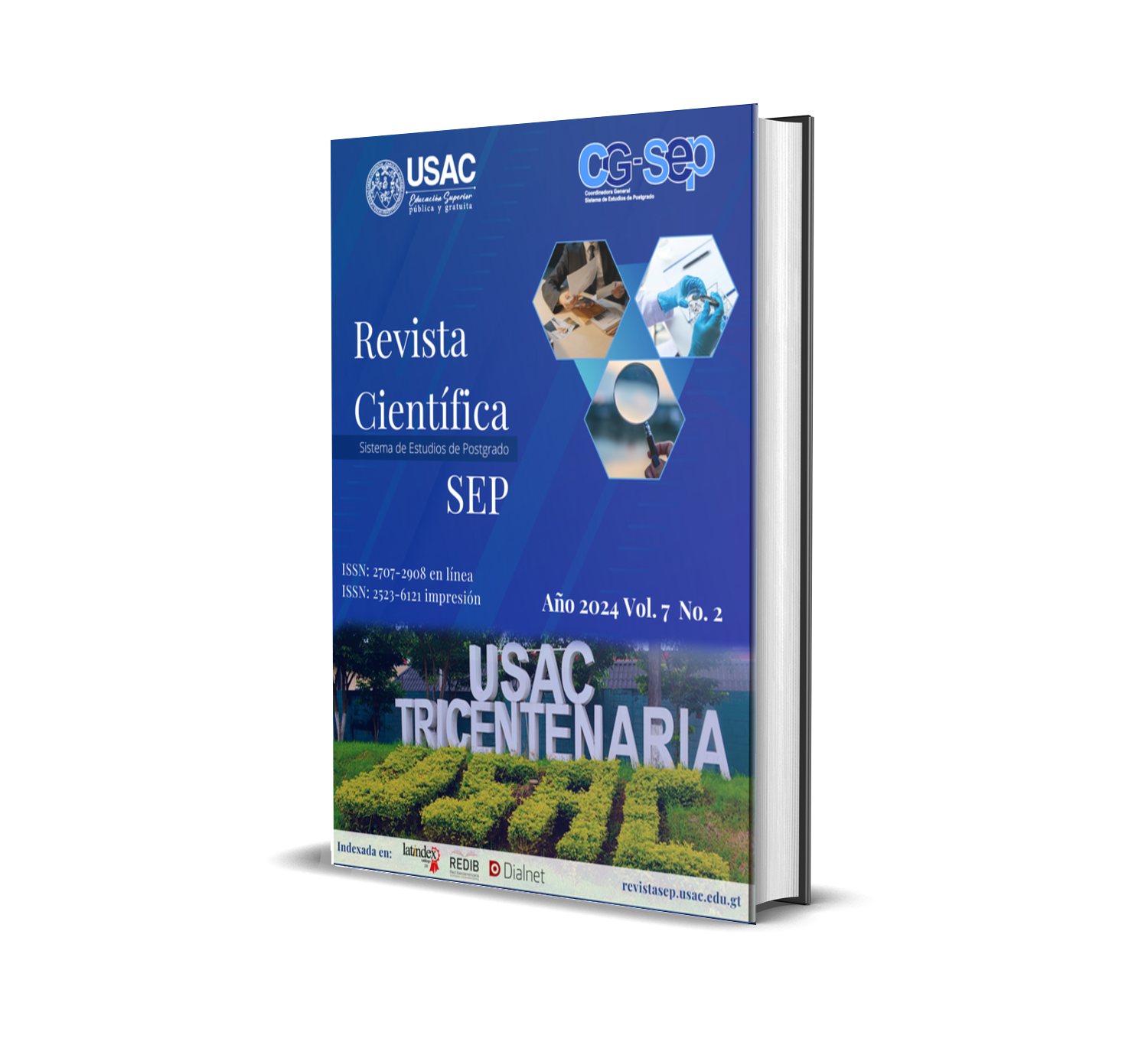Use of radiofrequency as a treatment for persistent pain secondary to radiculopathy due to lumbar hernias
DOI:
https://doi.org/10.36958/sep.v7i2.254Keywords:
radiofrequency therapy, disc herniation, chronic painAbstract
Radiculopathy secondary to lumbar hernias is a problem of high incidence throughout the world. Cases of patients with chronic pain without improvement after medical therapy have been treated with the use of radiofrequency to perform nerve ablation of the facet joints with successful results. In our hospital center, the use of this therapy is not common, and knowledge of its application is scarce. A case of a patient treated in the spine unit of the Traumatology and Orthopedics department of the Western Regional Hospital, with the use of radiofrequency, and with promising results for the replication of the technique, is presented.
Downloads
References
AN, M. P. en el B. de I. C. T. de la. (2014). Evidencia del uso clínico y terapéutico de la radiofrecuencia en dolor crónico. Revista de La Facultad de Medicina UNAM, 57(1), 50–57. https://www.scielo.org.mx/scielo.php?script=sci_arttext&pid=S0026-17422014000100009
Campos-Daziano, M. (2020). Hernia del disco intervetebral lumbar: revisión narrativa de clínica y manejo. Revista Médica Clínica Condes, 31 (5–6), 396–403. https://doi.org/10.1016/J.RMCLC.2020.05.002 DOI: https://doi.org/10.1016/j.rmclc.2020.05.002
Charles A. Gauci, B. J. C. (Ridderkerk). (2011). Manual of RF techniques: a practical manual of radiofrequency precedures in chronic pain management (R. CoMedical, Ed.; 3rd ed., Vol. 1). https://search.worldcat.org/es/title/Manual-of-RF-techniques-:-a-practical-manual-of-radiofrequency-procedures-in-chronic-pain-management/oclc/793593568
Delgado-López, P. D., Rodríguez-Salazar, A., Martín-Alonso, J., & Martín-Velasco, V. (2017). Hernia discal lumbar: historia natural, papel de la exploración, timing de la cirugía, opciones de tratamiento y conflicto de intereses. Neurocirugía, 28(3), 124–134. https://doi.org/10.1016/J.NEUCIR.2016.11.004 DOI: https://doi.org/10.1016/j.neucir.2016.11.004
Dreyfuss, P., Schwarzer, A. C., Lau, P., & Bogduk, N. (1997). Specificity of lumbar medial branch and L5 dorsal ramus blocks. A computed tomography study. Spine, 22(8), 895–902. https://doi.org/10.1097/00007632-199704150-00013 DOI: https://doi.org/10.1097/00007632-199704150-00013
Fardon, D. F., Williams, A. L., Dohring, E. J., Murtagh, F. R., Gabriel Rothman, S. L., & Sze, G. K. (2014). Lumbar disc nomenclature: version 2.0: Recommendations of the combined task forces of the North American Spine Society, the American Society of Spine Radiology and the American Society of Neuroradiology. The Spine Journal: Official Journal of the North American Spine Society, 14(11), 2525–2545. https://doi.org/10.1016/J.SPINEE.2014.04.022 DOI: https://doi.org/10.1016/j.spinee.2014.04.022
Kerr, D., Zhao, W., & Lurie, J. D. (2015). What Are Long-term Predictors of Outcomes for Lumbar Disc Herniation? A Randomized and Observational Study. Clinical Orthopaedics and Related Research, 473(6), 1920–1930. https://doi.org/10.1007/S11999-014-3803-7 DOI: https://doi.org/10.1007/s11999-014-3803-7
Pérez-Cajaraville, J., Sancho-De Ávila, A., Cabrera, I., & Abejón, D. (n.d.). Radiofrecuencia de facetas lumbares y cervicales TÉCNICAS INTERVENCIONISTAS. Revista de la Sociedad Española del Dolor. 18(4) 249-258. https://scielo.isciii.es/scielo.php?script=sci_arttext&pid=S1134-80462011000400007
Ropper, A. H., & Zafonte, R. D. (2015). Sciatica. The New England Journal of Medicine, 372(13), 1240–1248. https://doi.org/10.1056/NEJMRA1410151 DOI: https://doi.org/10.1056/NEJMra1410151
Schofferman, J., & Kine, G. (2004). Effectiveness of repeated radiofrequency neurotomy for lumbar facet pain. Spine, 29(21), 2471–2473. https://doi.org/10.1097/01.BRS.0000143170.47345.44 DOI: https://doi.org/10.1097/01.brs.0000143170.47345.44
Published
How to Cite
License
Copyright (c) 2024 Juan Antonio Bolaños Ruiz

This work is licensed under a Creative Commons Attribution 4.0 International License.
The authors who publish in this journal accept the following conditions:
- The authors retain the copyright and assign to the journal the right of the first publication, with the work registered with the Creative Commons 4.0 attribution license, which allows third parties to use what is published as long as they mention the authorship of the work already the first publication in this magazine.
- Authors may make other independent and additional contractual agreements for the non-exclusive distribution of the version of the article published in this journal (eg, include it in an institutional repository or publish it in a book) provided that they clearly indicate that the work it was first published in this magazine.
- Authors are allowed and encouraged to share their work online (for example: in institutional repositories or personal web pages) before and during the manuscript submission process, as it can lead to productive exchanges, more and more quick citation of published work (see The Effect of Open Access).









